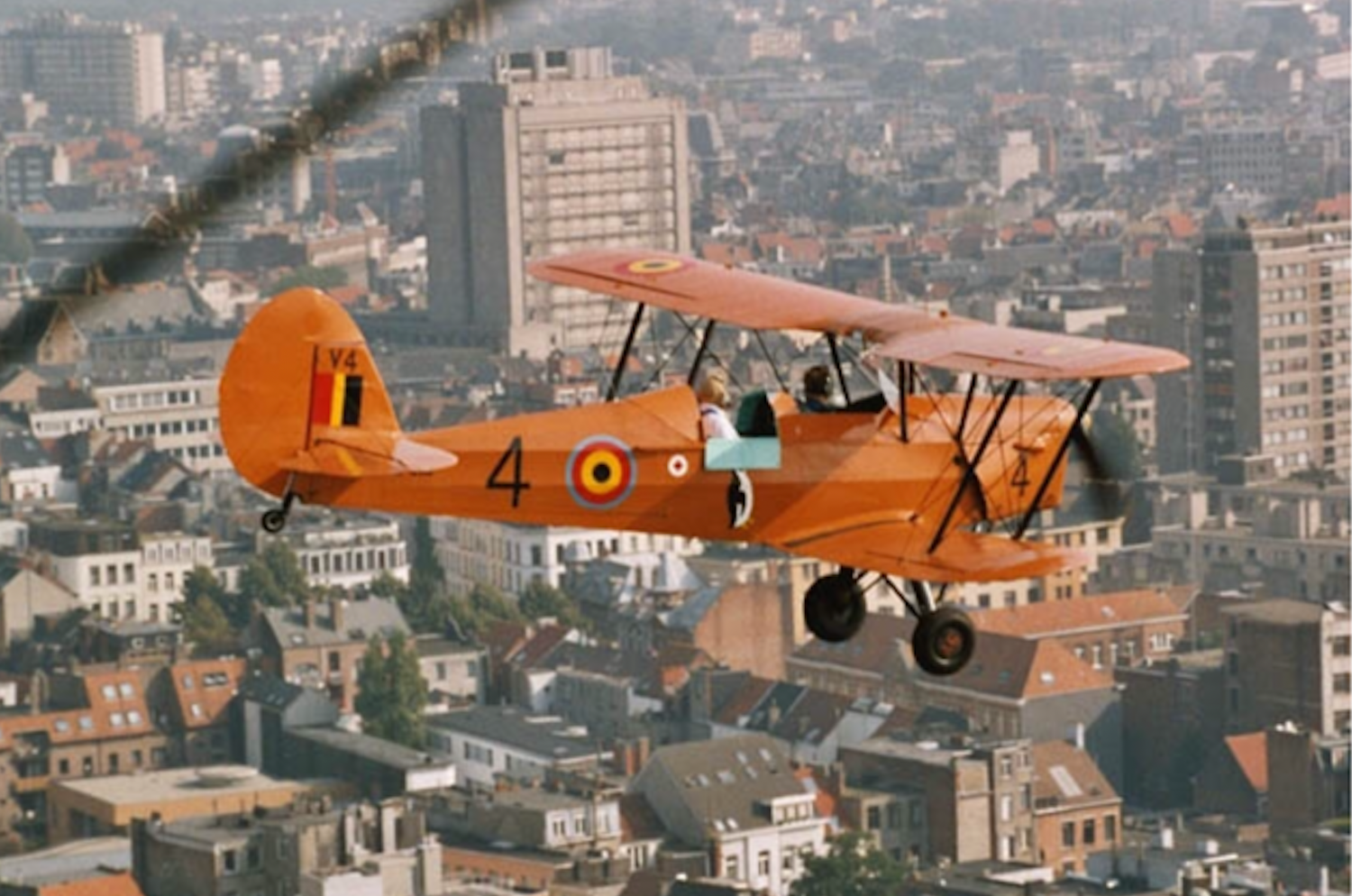History
A gem of Belgian aviation history
The SV-4 biplane, engineered crafted by the Belgian aviation pioneers Stampe & Vertongen in Antwerp, emerged in the early 1930s as a tourer and training aircraft. Initially, the SV-4A served as an advanced aerobatic trainer, which was soon succeeded by the SV-4B, featuring redesigned wings and powered by a 130 hp de Havilland Gipsy Major engine.
Production ceased during World War II after only 35 units. However, the post-war period saw Stampe et Renard, the company’s successor, manufacture an additional 65 aircraft between 1948 and 1955 for the Belgian Air Force.
In France, a licensed version known as the SV-4C was produced by SNCAN, and in Algeria by Atelier Industriel de l'Aéronautique d'Alger, with a combined total of 940 aircraft. These post-war SV-4Cs were extensively used by French military units as primary trainers and later by aero clubs in France. Many were eventually sold second-hand to the United Kingdom and other countries.
Flying Legends offers you the chance to fly this gem of Belgian aviation history right from to place where it was born so many years ago.
Technical details
- Length: 10.6 m
- Wingspan: 12.2 m
- Height: 2.8 m
- Max. takeoff weight: 770 kg
- Engine: Havilland Gipsy Major X 4-cylinder piston engine, 108 kW (145 hp)
- Maximum speed: 188 km/h (117 mph, 102 kn)
- Range: 420 km (260 mi, 230 nmi)
- Cruising speed: 140 km/h (87 mph, 76 kn)


